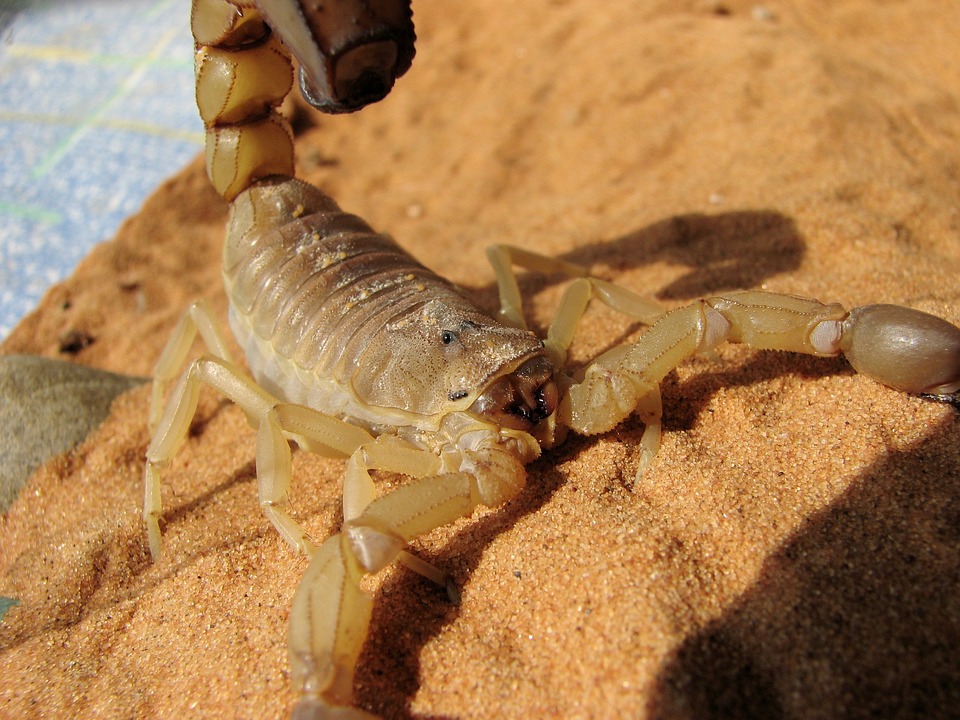Throughout history, plants have played a crucial role in our lives. They provide us with oxygen, food, medicine, and countless other benefits. However, not all plants are benevolent. Some of nature’s most beautiful and exotic specimens are also toxic, harmful, or even lethal. This comprehensive guide to poisonous plants around the world introduces you to some of these dangerous beauties and teaches you how to identify them, understand their effects, and avoid potential exposure to their harmful properties.
Aconitum: The Queen of Poisons
Aconitum, commonly known as monkshood, wolf’s bane, or devil’s helmet, has a deadly reputation. Derived from the venomous aconitine toxin, this flowering plant is one of the most poisonous ones found in nature. Aconitine targets the nervous system, causing rapid-onset symptoms such as nausea, vomiting, and heart palpitations. In severe cases, exposure can lead to fatalities from heart failure or respiratory paralysis. Aconitum is native to Western and Central Europe, as well as parts of Asia, but has also naturalized in North America. Avoid contact with this plant by recognizing its dark purple or blue helmet-shaped flowers and feathery leaves.
Ricinus communis: The Deadly Castor Plant
Ricinus communis, or the castor oil plant, is notorious for its toxic seeds. The seeds contain ricin, a highly potent plant toxin that can be lethal if ingested, inhaled, or even absorbed through the skin. The castor oil plant is indigenous to the Mediterranean Basin, Eastern Africa, and India but has become widespread in tropical and subtropical areas worldwide. Characterized by large, glossy green leaves and clusters of spiny capsules, avoiding this plant should be a priority, especially for those living in or visiting susceptible regions.
Digitalis purpurea: The Mysterious Foxglove
Digitalis purpurea, commonly known as foxglove, is a striking plant with tall spikes of tubular, bell-shaped flowers that range in color from purple to pink or white. Native to Europe, the plant has powerful effects on the heart. While small doses of the plant’s active compounds, called cardiac glycosides, are used in heart medications to treat various heart ailments, consuming large amounts can lead to an irregular and often fatal heart rhythm. Fear not, as long as contact with the beautifully deceptive foxglove is avoided, risk is minimized.
Nerium oleander: The Bewitching Oleander
Oleander plants have a toxic beauty that belies their peril. These evergreen shrubs are commonly found in warm climates and produce fragrant, colorful flowers. The plant contains numerous poisonous compounds, primarily the dangerous cardiac glycosides oleandrin and neriine. If ingested, these compounds can cause severe vomiting, abdominal pain, and even death from heart failure. Use caution in gardening and landscaping with oleander, as well as educating children about its hazards.
Conclusion
Despite their stunning appearances, many plants harbor toxic properties that can be seriously harmful or even lethal. By understanding the dangers of these poisonous plants and knowing how to identify and avoid them, you can ensure a safer and more enjoyable interaction with the natural world.
Frequently Asked Questions (FAQ)
- Are all parts of poisonous plants toxic?
While some plants may have specific parts that are more toxic than others, it is generally advised to avoid contact or consumption of any part of a known poisonous plant. - What should I do if I suspect exposure to a poisonous plant?
Contact your local poison control center or seek immediate medical attention if you experience symptoms such as nausea, vomiting, difficulty breathing, or irregular heartbeat after contact with or ingestion of a potentially poisonous plant. - Can these plants be used for medicinal purposes?
While some toxic plants have compounds that can be used in medications, it is crucial to leave the extraction and administration of these compounds to trained professionals. Do not attempt to self-treat with poisonous plants.

No responses yet